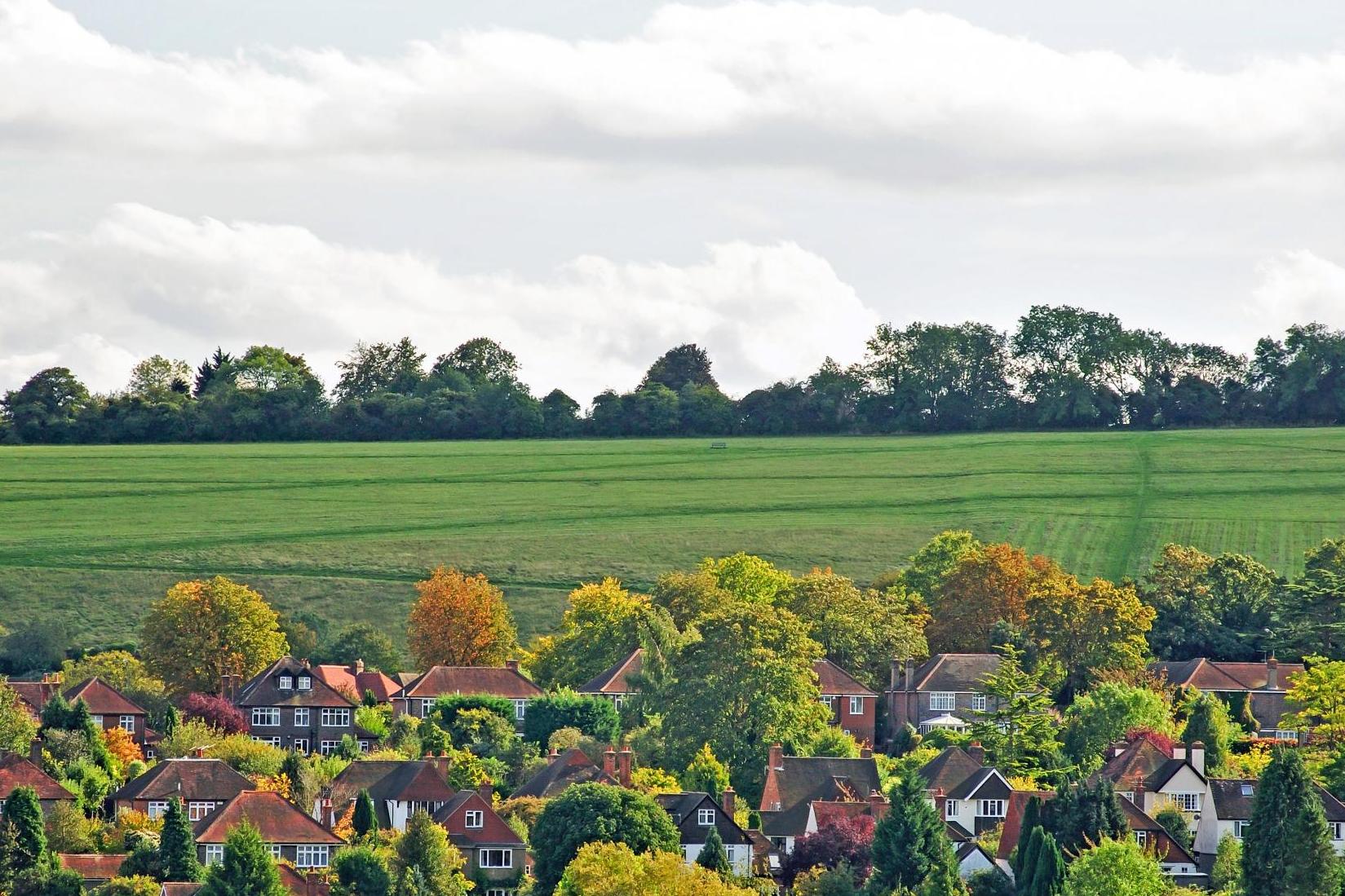Developers accused of ‘gobbling up green belt’ without providing affordable housing
Campaign group says building almost half a million homes in countryside will not help struggling families get on housing ladder

Your support helps us to tell the story
From reproductive rights to climate change to Big Tech, The Independent is on the ground when the story is developing. Whether it's investigating the financials of Elon Musk's pro-Trump PAC or producing our latest documentary, 'The A Word', which shines a light on the American women fighting for reproductive rights, we know how important it is to parse out the facts from the messaging.
At such a critical moment in US history, we need reporters on the ground. Your donation allows us to keep sending journalists to speak to both sides of the story.
The Independent is trusted by Americans across the entire political spectrum. And unlike many other quality news outlets, we choose not to lock Americans out of our reporting and analysis with paywalls. We believe quality journalism should be available to everyone, paid for by those who can afford it.
Your support makes all the difference.Plans to free up green belt land for housing development will do little to ease the affordability crisis, campaigners have warned.
New analysis by the Campaign to Protect Rural England (CPRE) shows only 22 per cent of the 460,000 homes planned on land released from the green belt will meet the government’s definition of affordable.
“We are being sold a lie by many developers,” said Tom Fyans, CPRE's director of campaigns and policy.
“As they sell off and gobble up the green belt to build low density, unaffordable housing, young families go on struggling to afford a place to live.”
The 14 green belt areas across England – originally designed to protect the countryside from urban sprawl – do contain some brownfield sites available to build upon.
The CPRE’s latest report claims local authorities with green belt land have enough brownfield sites for over 720,000 homes.
Yet developers and housing groups say the selective release of some greenfield sites within the green belt is needed to solve the nation’s acute shortage of housing.
Some experts have argued that large parts of the green belt are unproductive – without any special interest or agricultural value.
Last month the government issued an updated national planning policy framework, rejecting calls for a complete ban on building in green belt zones.
The CPRE said one third of local authorities with green belt land would now be given increased housing targets because of the government’s new method for calculating housing demand.
The group warned the biggest push to build would come in the green belt surrounding London.
“The government is failing in its commitment to protect the green belt – it is being eroded at an alarming rate,” said Fyans.
“But it is essential, if the green belt is to fulfil its main purposes and provide 30 million of us with access to the benefits of the countryside, that the redevelopment of brownfield land is prioritised, and green belt protection strengthened.”
The Ministry of Housing, Communities and Local Government said only 0.02 per cent of the green belt was developed for residential use last year.
“We are clear that building the homes our country needs does not mean tearing up our countryside,” said a spokesman.
“We are adding more certainty to the planning system and our new planning rulebook strengthens national protections for the green belt, and says that councils may only alter boundaries in exceptional circumstances once they have looked at all other options.”
Join our commenting forum
Join thought-provoking conversations, follow other Independent readers and see their replies
Comments